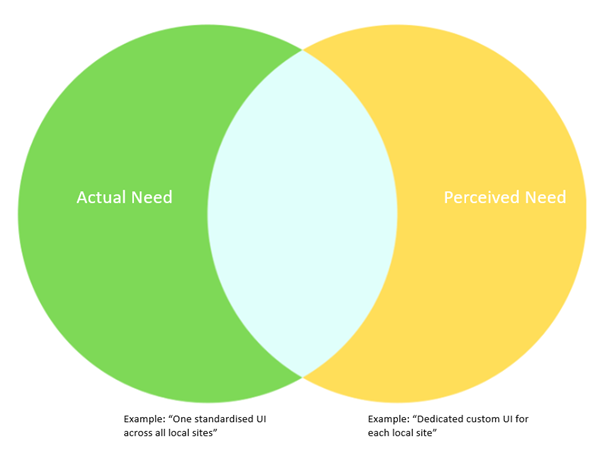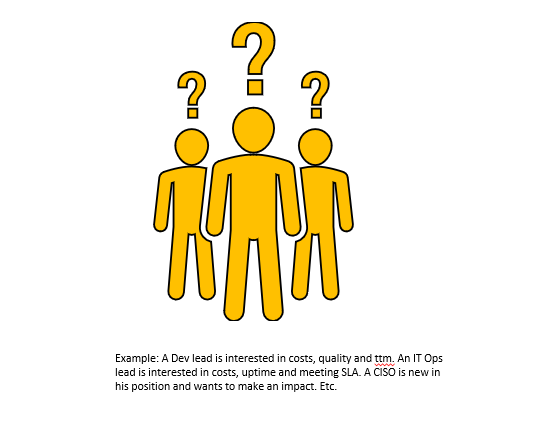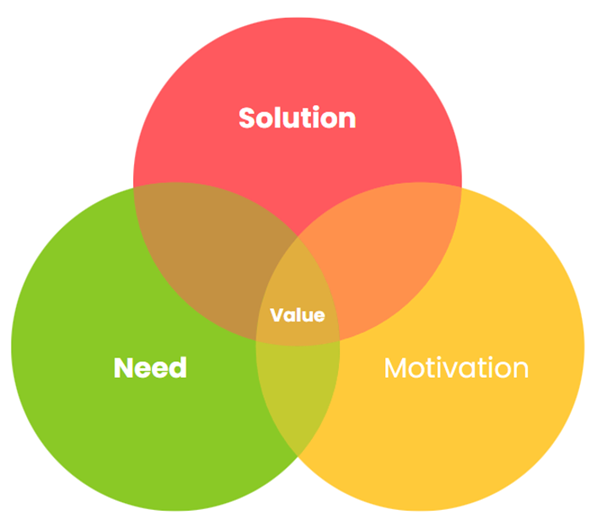Software sales for dummies - Part 2
Is the customer always right? Sometimes, but do not count on it.
In this next entry we are going to have a look at how to build value together with your prospect.
As mentioned in part 1, the buyer will usually already have gathered their own information before engaging with us.
This means they might have a more or less already fully formed idea of what they want. However, what they want and what they need is not necessarily a perfect or even partial overlap. The better we did our homework in the discovery phase, the better we can now counsel the buyer in how to ideally have perceived and actual need match up.

“Why is that important” you might ask yourself. “I can just adjust my sales pitch to what they want”.
Indeed, you could. And that might even work, and you close a deal. However, by counselling the prospect, we position ourselves as an advisor instead of “the guy who just wants to sell something”.
This trust is another critical piece of the puzzle that is the modern sales process. It will also make it more likely, that our then customer is satisfied with what they bought. In itself valuable, as that ensures account expansion, repeat business and potential referrals.
This speaks mainly to the technical requirements your prospective buyer has. Let’s talk about the human side of things.
Only because you have the better solution to a problem does not guarantee that you will actually win that particular customer. We also need to know why someone does what they do. What is their motivation? Is it to look good in front of their boss, hence wanting to implement a solution that will earn the company more money? Do they want less stress, hence planning to implement a solution that increases efficiency? Are they good friends with the sales guy from your competition, hence putting bricks in your way?
These kind of questions can take time to answer. It will help, if you have target personas defined, i.e. what are common drivers for the job role you are dealing with.
Sometimes it comes down to the experience and gut feeling of the salesperson. Ideally, you will have identified an internal “champion” who is helping you. This is especially important if you are dealing with a prospect from a different cultural background, as there is a very high risk of misinterpreting signs and/or behaviour of your contacts.

You should be ready to build a value proposition if you successfully navigated the above steps. In the diagram below, you can see, that the more significant the overlap of your solution, the prospect’s need and their motivation, the bigger the value you can bring to the table.

The value will be one crucial factor the prospect considers when deciding which vendor to go with. Please note that value at this stage does not necessarily mean a dollar amount. It represents how well your solution might help to go from current to desired future state which we discussed already.
This will be all for this week. In the next part we are going to have a look at what comes after a buying decision was made and the negotiations begin. Thank you for reading and stay tuned!



